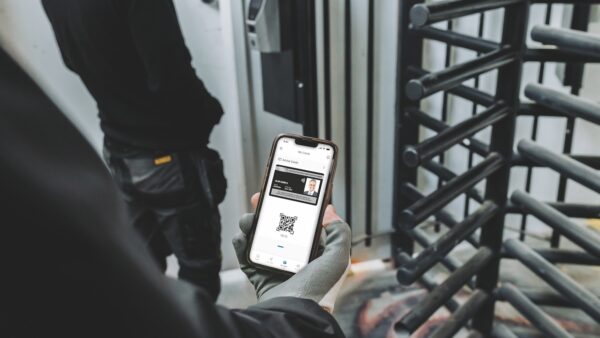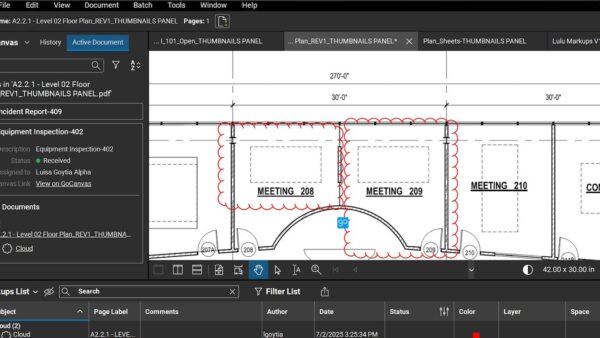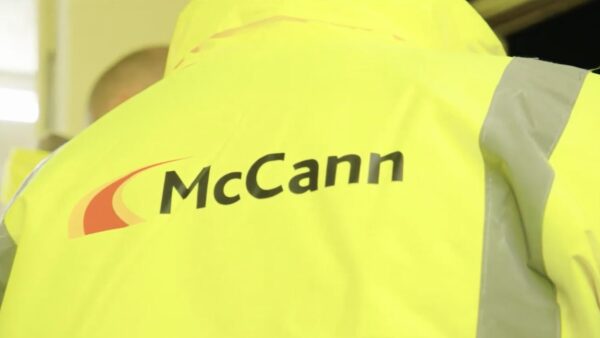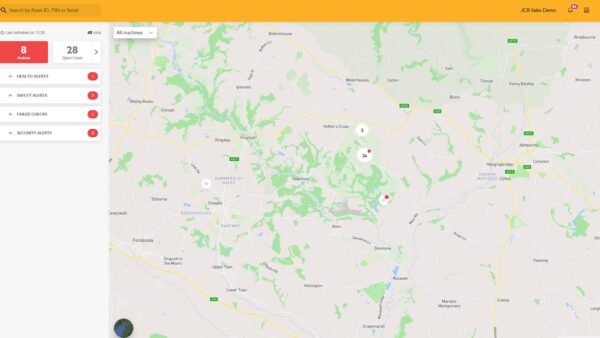
AI could play a transformative role in reducing costly construction errors – but the industry must lay solid data foundations and use it safely, experts warn.
During a session at this month’s Digital Construction Summit, panellists from the Get It Right Initiative (GIRI) and software firm Elecosoft explored how technology is already cutting mistakes on site, and how AI could help drive a step change.
John Priestland, chair of GIRI’s technology working group, said: “In our recent report on AI and error reduction, we found that AI could have the greatest impact on poor planning and design, inadequate project management, quality control and compliance, and human error.”
The study identified five main ways in which AI could help: insight and prediction; automation and assistance; monitoring and verification; communication and collaboration; and decision-making and control.
Deploy AI ‘carefully’
However, Priestland cautioned that AI itself could become a new source of errors if not deployed carefully.
“In construction, we cannot afford hallucinations,” he said. “We can’t have a risk assessment or method statement generated by AI that contains a mistake which could cause harm.”
GIRI’s report recommends four safeguards:
- conducting risk assessments before applying AI;
- using transparent ‘chain-of-thought’ reasoning rather than black-box outputs;
- maintaining a human-in-the-loop approach where engineers remain accountable; and
- adopting ‘assurative AI’ – systems that use knowledge graphs and automated checks to verify AI-generated content.
“Taken together, these measures represent an enormous opportunity,” Priestland said. “Not only to help reduce errors, but to drive productivity. And with a new productivity standard – PAS 4010 – due in 2026, this connection between generative AI and assurative AI could be game-changing.”
Asked how he thought the construction industry was progressing in adopting AI, Priestland replied: “Most big contractors are using it a bit now – co-pilots, small pilots – but not much beyond that. The view seems to be that in five years it will be massive. It’s a bit like St Augustine’s prayer: ‘Make me good – but not yet.’ Contractors are saying: ‘Make me AI-literate – but not quite yet.’”
Building the data foundations
Ben Taunt, from Elecosoft, agreed that AI could revolutionise construction – but only if firms tackle their data quality issues first.
“When we talk to project teams, the amount of time they spend looking for the right planning data is huge,” he said. “Our research found the average construction professional spends 13 hours a week searching for or verifying data. Data errors alone can account for 20% of a project’s hidden costs.”
Taunt cited the “1-10-100 rule” to underline the value of prevention: “For every £1 spent preventing a data error upfront, you can avoid £10 later correcting it – or £100 if it goes unchecked.”
He emphasised the need for consistent, well-structured data to train AI models. “When we analysed clients’ archives, we found 80% of historic project data was unusable – wrong formats, incomplete or inconsistent,” he said. “If we can’t feed AI with reliable data, we can’t expect reliable results.”
Elecosoft’s own Asta Vision platform, he said, aims to help by creating a central, cloud-based repository for project schedules and benchmarking data. “By enforcing naming conventions and data standards, we can start building the consistency needed for AI to deliver insights rather than just reports,” he said. “Good analytics starts with good data. Accuracy, consistency and accountability are non-negotiable.”
The cost of construction errors
Meanwhile, Cliff Smith, executive director of GIRI, highlighted the ongoing scale of the industry’s error problem.
“Research shows that 21% of turnover in construction is wasted in error,” he said. “Around 5% is direct cost, which we see through non-conformance reports and rework. Then there are 7% indirect costs from delay and disruption, 6% unrecorded process waste, and 3% latent defects, which show up long after handover.
“When you consider that profitability in construction is just 2%-3% of turnover, it’s clear this is an order of magnitude higher and needs urgent attention,” Smith added. “If industry turnover is over £100bn, we’re wasting something like £22bn a year – money that could be far better invested.”
Smith said GIRI’s work has identified planning, culture, design and supervision as the top root causes of error. “Planning – both at the overall project level and day-to-day task level – is directly linked to productivity,” he said. “So any technology that helps improve planning and decision-making is critical.”
The Digital Construction Summit takes place from late October until early November. The series of webinars – supported by Elecosoft, Glider, RIB Software, Trimble, CIOB and Construction Management – brings together leading voices from across the construction sector to explore the future of digital transformation.















